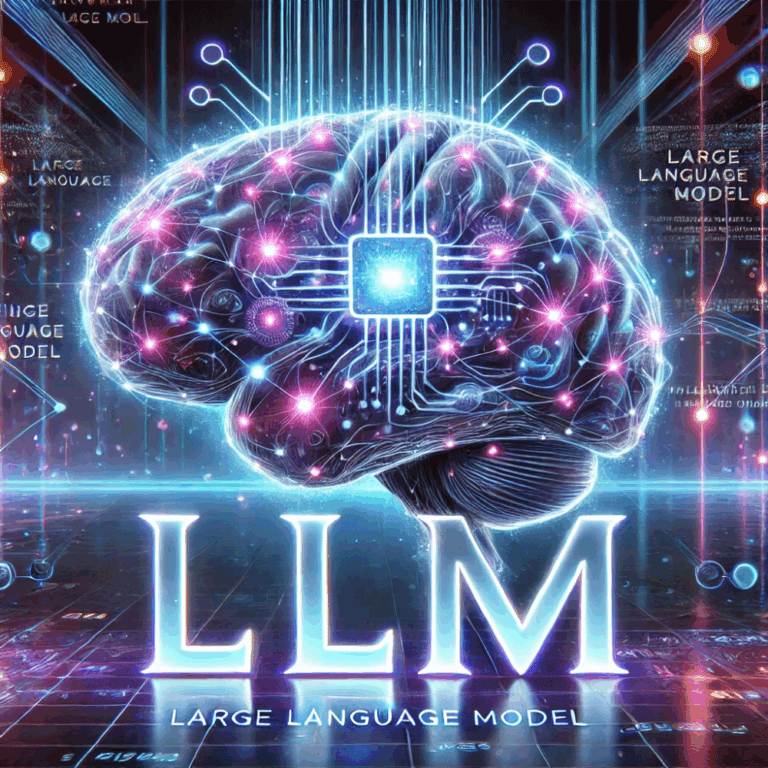
Harnessing LLMs Securely: Challenges, Innovations, and Splunk’s Role
In today’s AI-driven landscape, buzzwords like LLMs, Transformers, and Retrieval-Augmented Generation (RAG) have become central to discussions on innovation and enterprise adoption. As 92% of Fortune 500 firms integrate generative AI and the global LLM market is projected to surge from $5.72 billion in 2024 to $123.09 billion by 2034, businesses are racing to leverage these powerful LLM models.
However, LLM adoption comes with significant challenges, particularly around data security, computational costs, and response accuracy. This blog explores how organizations can overcome these hurdles, the future of LLM-based observability, and how Splunk provides secure and intelligent solutions for enterprises navigating this new frontier.
Understanding LLMs and Their Evolution What Are LLMs?
- Large Language Models (LLMs): AI models trained on massive datasets to generate human-like responses. Popular examples include OpenAI’s ChatGPT, Meta’s Llama, Google’s Gemini, Anthropic’s Claude, and Deepseek R1. These models can be open-source (e.g., Llama 3.1, Mixtral 8x22B, DeepSeek-V2) or proprietary (e.g., GPT-4, Bard, Claude).
- Transformers: Transformers are the AI architecture that enables LLMs to understand words in context, allowing for better meaning and relationship comprehension in text.
- Retrieval-Augmented Generation (RAG): RAG improves LLM responses by fetching real-time information from knowledge bases, ensuring outputs are relevant, up-to-date, and contextually aware.

Key Challenges in LLM Adoption
Despite their benefits, LLMs pose significant obstacles for enterprises, including:
- Data Privacy & Security – Most LLMs operate via SaaS models, sending sensitive queries to public clouds, and raising concerns about data security and regulatory compliance.
- High Computational Costs – Running large, fine-tuned LLMs is resource-intensive, making them expensive to deploy and maintain.
- Hallucination Risks – LLMs generate responses based on training data, often lacking real-time insights, leading to inaccurate or misleading answers.
Strategies for Secure and Efficient LLM Adoption
To address these challenges, organizations are implementing:
- On-Premise & Hybrid Cloud Deployments – Hosting LLMs locally provides better control over data privacy and security.
- Smaller, Task-Specific Models – Instead of deploying general-purpose LLMs, companies train domain-specific models for improved efficiency.
- Retrieval-Augmented Generation (RAG) Integration – Leveraging vector databases to pull real-time internal knowledge into LLM outputs, reducing hallucinations.
Future of LLMs in Observability & MLOps Integration
- LLM-Based Observability & Monitoring
AI-powered observability tools are emerging to detect anomalies, optimize system performance, and automate root cause analysis in enterprise IT systems. For example, LLMs can analyze Splunk logs and metrics to predict failures before they occur.
- MLOps & LLM Automation
Companies are integrating LLMs into DevOps & MLOps pipelines to automate workflows, enhance debugging, and improve model lifecycle management. This results in faster deployment, self-healing ML pipelines, and AI-powered error resolution.
LLM Powered Observability: Enhancing System Monitoring
LLM-based observability provides deep insights into system behavior by analyzing logs, metrics, and traces. Unlike traditional monitoring tools that rely on static alerts, LLMs dynamically interpret data, predict failures, and suggest solutions based on historical patterns.
A key benefit of LLM-powered observability is enhanced root cause analysis. AI-driven anomaly detection enables quick identification of performance issues, incident correlation across distributed systems, and automated troubleshooting. LLMs also reduce alert fatigue by filtering false positives and providing context, allowing DevOps teams to focus on critical issues.
When combined with Retrieval-Augmented Generation (RAG), observability systems can extract insights from historical logs and documentation. This allows engineers to query system health using natural language, improving accessibility and efficiency in monitoring performance.
Splunk’s Role in Secure & Scalable LLM Deployment
As businesses adopt LLMs, Splunk’s DSDL 5.2 introduces an enterprise-ready LLM-RAG architecture, ensuring security, observability, and efficiency.
How Splunk Addresses These Risks
- On-Premise LLM Deployment: Hosting LLMs locally keeps sensitive data secure within the organization, significantly reducing risks from third-party API breaches and vulnerabilities typical in SaaS solutions. This in-house approach allows organizations to maintain better control over their information and lowers the chances of exposure to external threats
- Retrieval-Augmented Generation (RAG) for Accuracy: The integration of internal knowledge bases, such as logs and documents, is facilitated through a Milvus vector database. This setup allows for real-time similarity searches, which are essential for validating responses generated by large language models (LLMs). For instance, Splunk dashboards can encode error logs into vector databases, significantly enhancing the speed of incident detection.
- Security Monitoring & Logging: Logs and monitors interactions with large language models (LLMs) to identify anomalies, such as prompt injection attacks. Additionally, customizable Splunk dashboards facilitate the tracking of query patterns, data access, and inference runtime, enhancing the ability to monitor and respond to potential security threats effectively.
- Function-Calling Guardrails: Restricting LLM actions to pre-approved operations significantly enhances security. For instance, when an LLM queries Splunk internal logs, it is limited to accessing only vetted functions. This approach effectively prevents unauthorized access, ensuring that sensitive information remains protected and that the system operates within defined security parameters.

WeAre Solutions: Your Trusted Observability Partner
LLMs are transforming industries, but secure deployment, observability, and MLOps integration remain key to unlocking their full potential. Splunk’s LLM-RAG solution and WeAre’s observability expertise provide a powerful combination for organizations looking to harness LLMs responsibly and efficiently.
At WeAre Solutions Oy, we specialize in Observability, Splunk development, and AI-driven monitoring. As a trusted Splunk consulting partner, our dedicated experts help enterprises deliver real-time visibility across your entire technology stack, ensuring resilient, optimized, and secure systems.
By proactively preventing problems, we help businesses stay ahead of failures, reduce downtime, and enhance performance—without compromising security.
Want to explore how LLMs and observability can benefit your business? Contact WeAre Solutions Oy today! 🚀
